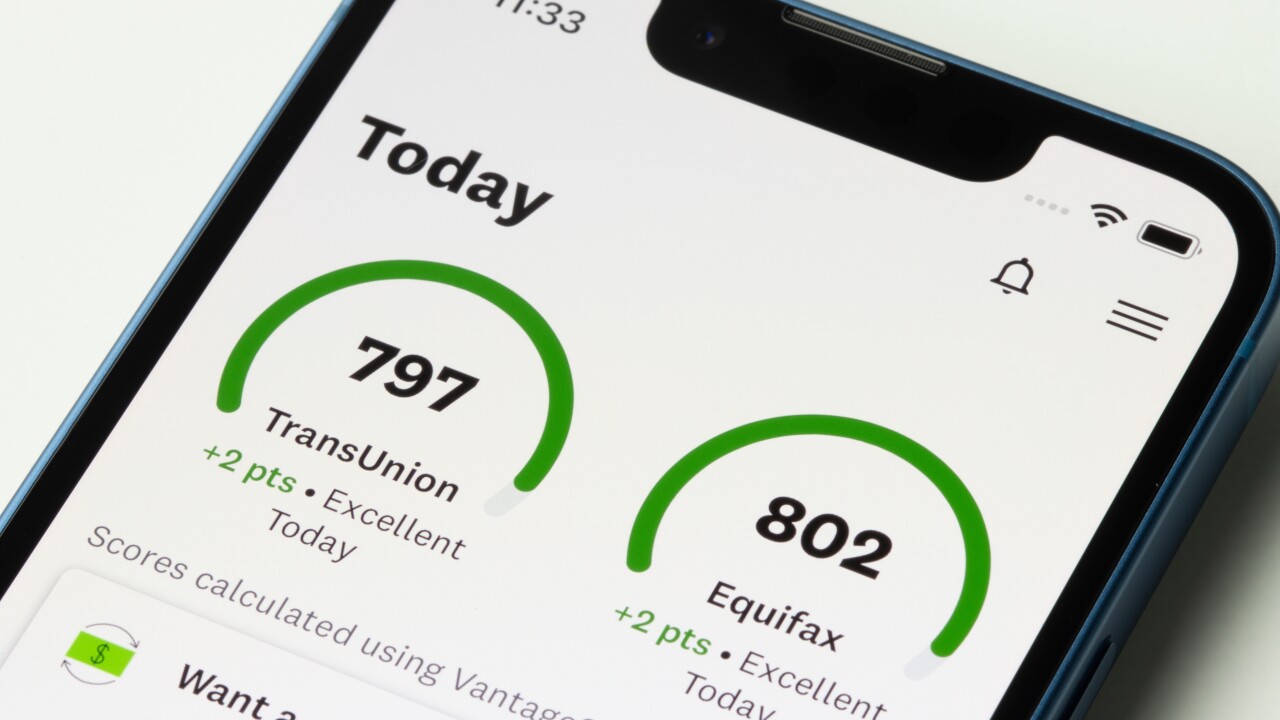U.S. consumer prices jumped at the start of the year, tempering hopes for a continued drop in inflation and likely delaying any
The so-called core consumer price index, which excludes food and energy costs, increased 0.4% from December, more than expected and the most in eight months, according to government figures out Tuesday. From a year ago, it advanced 3.9%, the same as the prior month.
Economists favor the core gauge as a better indicator of underlying inflation than the overall CPI. That measure advanced 0.3% from December and 3.1% from a year ago.
The figures further reduce already-slim chances that Fed officials will start lowering interest rates soon, and any additional reacceleration might reignite talks that they will resume hikes. Some policymakers have said they want to see a broader easing of price pressures before cutting rates.
The S&P 500 opened lower and Treasury yields jumped after the release from the Bureau of Labor Statistics. Traders pushed out bets of when the Fed will start cutting rates and marked down March odds to almost zero.
"The Fed will view this as another reason to wait until May or June, but the direction of trend is still lower," said Kathy Jones, Charles Schwab's chief fixed-income strategist. "With much of
The figures reflected increases in the price of food, car insurance and medical care, and shelter costs contributed to over two-thirds of the overall increase. Outpatient hospital services and pet services both rose by the most ever in the month.
Used cars dropped on a monthly basis by the most since 1969 after the methodology was updated. Broader goods prices and energy also continued to fall, underscoring policymakers' concerns that the recent disinflation has been concentrated in a few categories.
Last week, the BLS's annual revisions
Shelter prices, which is the largest category within services, advanced 0.6%, matching the most in nearly a year. Economists see a sustained moderation in this area as key to bringing core inflation down to the Fed's target.
Excluding housing and energy, services prices climbed 0.8% from December, the most since April 2022, according to Bloomberg calculations of the measure known as supercore. While policymakers have stressed the importance of looking at such a metric when assessing the nation's inflation trajectory, they compute it based on a separate index.
That measure, known as the personal consumption expenditures price index, doesn't put as much weight on shelter as the CPI does. That's one reason why the PCE is trending much closer to the Fed's 2% target.
Friday's release of the producer price index will provide more clues, as several categories within that report feed directly into the PCE calculation. January PCE figures will be released later this month.
Unlike services, a sustained decline in the price of goods over most of the past year has been providing some relief to consumers. So-called core goods prices, which exclude food and energy commodities, fell by the most since July.
Fed officials will have access to multiple inflation reports — including one more CPI print — before their next policy meeting on March 19-20. Though Wall Street has
That's in part due to the





